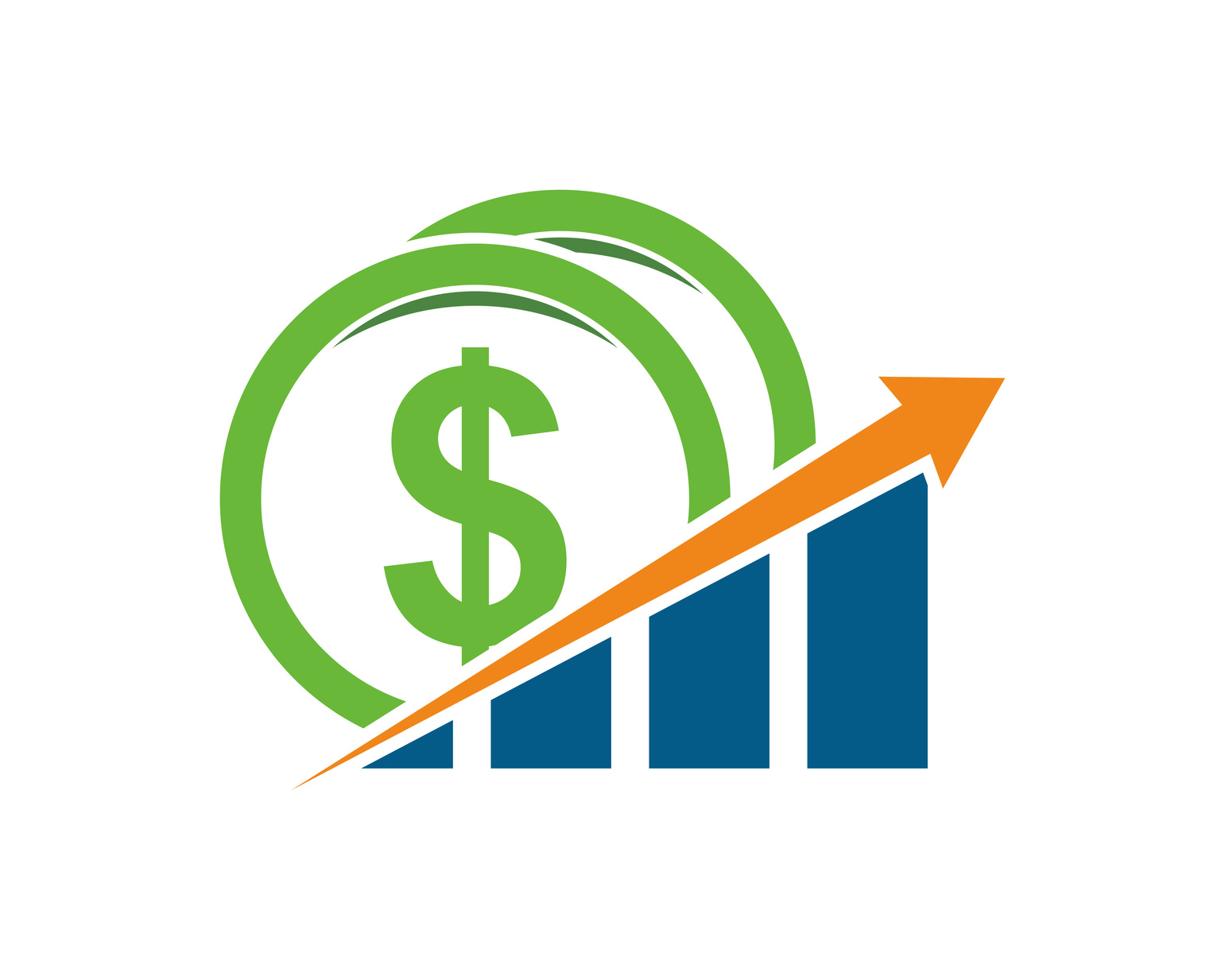In the world of investments and savings, Individual Retirement Account Certificates of Deposit (IRA CDs) have long been a cornerstone for those seeking stable and secure options. Understanding what an IRA CD is, how it functions, and how current and potential rates may influence your decision is crucial. This knowledge can equip you with the financial acumen to make informed decisions that align with your fiscal goals. The diverse benefits and potential drawbacks of IRA CDs make them a fascinating financial instrument to delve into. Yet, they aren’t suited to every investor. Making a wise investment means not only understanding the product but also recognizing your financial needs and risk appetite.
Understand IRA CDs
Understanding IRA CDs
An Individual Retirement Account Certificate of Deposit, more popularly known as an IRA CD, is a type of retirement savings vehicle that combines the security of a certificate of deposit (CD) with the tax advantages of an IRA. An IRA CD is a fixed-rate, fixed-term investment, meaning it offers a guaranteed interest rate for a specific period. This period can range from a few months to several years.
The primary function of an IRA CD is to create a secure and predictably growing retirement savings. Money invested in an IRA CD is deposited for a fixed term, during which it accumulates interest at a predetermined rate. Unlike traditional or Roth IRAs, which can be invested in an array of stock, bonds, mutual funds, or other securities, IRA CDs limit risk by abiding fixed returns which are immune to market volatility.
Choosing an IRA CD and Rates
People may choose IRA CDs for their stability and security. Since they have a fixed rate of return, these accounts hold their value regardless of the performance of the overall economy or the stock market. This absence of risk makes them particularly appealing for conservative investors nearing retirement, who are more focused on the preservation of their savings rather than aggressive growth.
However, IRA CDs do come with a few potential drawbacks, the main one being their typically lower return on investment compared with riskier types of retirement accounts. Moreover, because your money is locked into a term agreement, early withdrawal penalties can apply if you need to access your funds before the term ends.
Interest rates for an IRA CD can vary widely based on the financial institution offering the account and the length of the term. Institutions with higher IRA CD rates can result in larger earnings for you, but they may require a higher deposit or provide less flexibility and support. It’s crucial to thoroughly research and compare the rates offered by different institutions before making a decision.
Who Should Consider IRA CDs
Investors prioritizing low-risk and fixed return investments may find IRA CDs to be an ideal option. Although the fixed interest rates are usually lower in comparison to returns from other securities, this type of investment is not subject to market crashes or recession. This makes it a great choice for people nearing retirement or individuals that prefer consistent and predictable growth.
In conclusion, an IRA CD, or Individual Retirement Account Certificate of Deposit, can be an appealing avenue for investment. This type of investment comes with the assurance of guaranteed returns and added benefits such as tax advantages. However, it’s important to look closely at both the potential disadvantages and advantages. An IRA CD may be more suited to some investors than others based on individual financial situations.

Current IRA CD Rates
Understanding Current IRA CD Rates
IRA CD rates are known to fluctuate. Feed by actions from the Federal Reserve and influences from the overall economic climate, the rates can increase or decrease. As of November 2022, the average interest rate for a 1-year IRA CD approximately hovers around 0.35%. It’s important to acknowledge that these rates are remaining at a historically low level due to the Federal Reserve cutting interest rates to combat the economic impacts caused by the COVID-19 pandemic.
When we consider longer-term IRA CD’s, like the 5-year CDs, the rates are frequently higher, with the current data showing around 0.61%. However, this is not a hard and fast rule as rates can sharply vary depending on the financial institution. Some banks and credit unions can offer rates that are significantly above this average.
Predictions for Future IRA CD Rates
Looking at potential projections for the future, one must consider the broader economic context. Presently, the Federal Reserve has indicated that it could increase the Federal Funds rate in 2023 due to rising inflation.
If such rate hikes are implemented, it’s likely that the rates for IRA CDs will also rise. This is because banks typically pass on higher interest costs to customers in the form of higher deposit rates. Nevertheless, the magnitude and timing of such changes are unsure and will require keen monitoring of Federal Reserve policy decisions.
Influence on Investor Decisions
The current and future IRA CD rates hold substantial implications for investors. An individual looking to invest in an IRA CD must consider his investment objectives, risk tolerance, and time horizon before making a decision.
Lower IRA CD rates may push risk-averse investors towards other avenues that may yield higher returns, such as equities or corporate bonds which carry higher risks. Conversely, higher rates may attract conservative investors seeking a guaranteed and fixed income.
Furthermore, potential rate hikes in the future may also encourage investors to opt for shorter-term CDs in anticipation of reinvesting at a higher rate later. Conversely, if rates are expected to decrease, some may lock in long-term CDs at the current higher rates.
Wrap-up
Keeping abreast of current and future IRA CD rates is crucial in formulating your investment strategies and decisions. These rates can be influenced by many factors, including the overall state of the economy. Ensuring you have the most recent information and are aware of any predicted shifts or trends can greatly inform your choices.

Choosing the Best IRA CD Rates
Navigating the Maze of IRA CD Rates: What You Need to Know
An Individual Retirement Account Certificate of Deposit, or IRA CD for short, presents a relatively secure haven for your retirement investment but deciphering the various rates can be bewildering. When you find yourself deluged with a myriad of IRA CD rates, there are several considerations that can help simplify your decision-making process:
Identifying your Financial Objectives
Each investor has a unique set of financial objectives, which significantly influences which IRA CD rates will be beneficial for them. For instance, someone planning to retire within the next five years will likely approach IRA CD rates differently from an individual who has over two decades left until their retirement.
Understanding Rate Categories
IRA CD rates are often categorized into tiers based on the amount of money you’re looking to deposit. Higher tiers generally offer more attractive interest rates. Therefore, it’s crucial for an investor to understand how much capital they’re willing and able to commit to an IRA CD.
Balancing Rates and Risk
While it can be tempting to opt for an IRA CD with the highest interest rate, remember that higher returns typically correlate with higher risk levels. When selecting your IRA CD, ensure that it aligns with your comfort level regarding risk, especially if you’re nearing retirement.
Reviewing Market Trends
Like any other financial products, IRA CD rates are influenced by market trends. Rates can vary depending on the overall health of the economy, changes in prime interest rates, and other macroeconomic factors. Staying updated on such trends can provide valuable insights when comparing IRA CD rates.
Case Studies: Different Rates for Different Situations
Consider two hypothetical investors, Jane and John. Jane is fifty-five years old and plans to retire in ten years. The stability of her investment is of utmost importance. Hence, conventional wisdom would suggest her to opt for an IRA CD with a moderate interest rate but relatively low risk.
On the other hand, John is a thirty-five-years-old higher-risk-taker looking forward to a retirement that’s decades away. He might opt for an IRA CD with a higher interest rate since he can endure more risk than Jane.
These cases illustrate how understanding your unique situation and factors surrounding IRA CDs rates can be crucial to chalking out a profitable retirement plan.
The Role of a Financial Advisor
It can be beneficial to seek the advice of a financial advisor while deciding on an IRA CD. They can help you understand your financial needs, risk tolerance, and the prevailing market situation.
Attaining a comprehensive understanding of IRA CD rate levels, grasping the balance between rates and risk, and keeping tabs on prevailing market trends can be a significant step toward choosing the most advantageous IRA CD rates according to your needs.

Effects of Market Conditions on IRA CD Rates
Getting to Know the Basics of IRA CD Rates
An Individual Retirement Account Certificate of Deposit (IRA CD) is tantamount to a fixed-rate, federally insured savings account – a risk-averse place to keep your retirement funds. They typically offer higher rates than regular savings accounts, although they might not yield as much return as risk-prone investments. The rate you lock into for an IRA CD is determined for a set term, which can vary from a single month to multiple years.
Market Conditions and IRA CD Rates
Economic fluctuations significantly affect the rates set by banks for IRA CDs. When the economy is flourishing, interest rates tend to go up as banks compete for deposits which they can lend at higher rates. Conversely, when the economy is weak, interest rates trend downward as banks need less money for lending. An investor must be aware of these market conditions because when you lock in a rate for a long period with an IRA CD, you could miss out on potential interest rate increases.
The Federal Reserve’s Impact on IRA CD Rates
As the country’s central banking system, the Federal Reserve (Fed) sets the country’s monetary policy and influences interest rates, which indirectly affects IRA CD rates. When the economy is overheating, resulting in high inflation, the Fed might increase the federal funds rate to control inflation. This action can cause banks to increase their interest rates, including IRA CD rates.
On the contrary, if the economy is in a downturn, the Fed may lower the federal funds rate to stimulate spending and borrowing. Consequently, banks might lower their interest rates, impacting IRA CD rates.
Analyzing Historical Market Conditions and Rates
A look back in time reveals that the rates of IRA CDs have continually fluctuated in response to changing economic conditions. In the 1980s, the U.S. experienced a period of high inflation which resulted in very high interest rates, and IRA CD rates followed suit. Conversely, after the 2008 financial crisis, the Fed held interest rates near zero to boost the economy, and IRA CD rates plummeted.
These historical trends underscore the fact that IRA CD rates are influenced by broader economic trends and policy decisions which can result in savers having to adapt their strategies accordingly to maximize their returns.
Prospects for Future Rate Changes
Predicting future interest rates is a complex task reliant on numerous factors ranging from global economic trends to U.S. monetary and fiscal policies. As such, savers should pay close attention to statements from the Federal Reserve regarding its monetary policy outlook as any hints of rate changes can have significant implications on IRA CD rates.
In a nutshell, understanding the effects and the dynamics between market conditions and IRA CD rates can help investors make informed decisions about when and where to invest their money for retirement.

It is essential not to view IRA CD rates in isolation. The broader economic trends, Federal Reserve actions, and the economic climate all play pivotal roles in shaping these rates. Reflecting on historical contexts and understanding the trends can help investors anticipate potential rate changes and make savvy investments accordingly. In the end, choosing the right IRA CD isn’t just about the most attractive rates. It’s about strategic investment in line with one’s financial conditions and long-term ambitions, which requires a deep understanding of the intricate web of factors influencing IRA CD rates.
